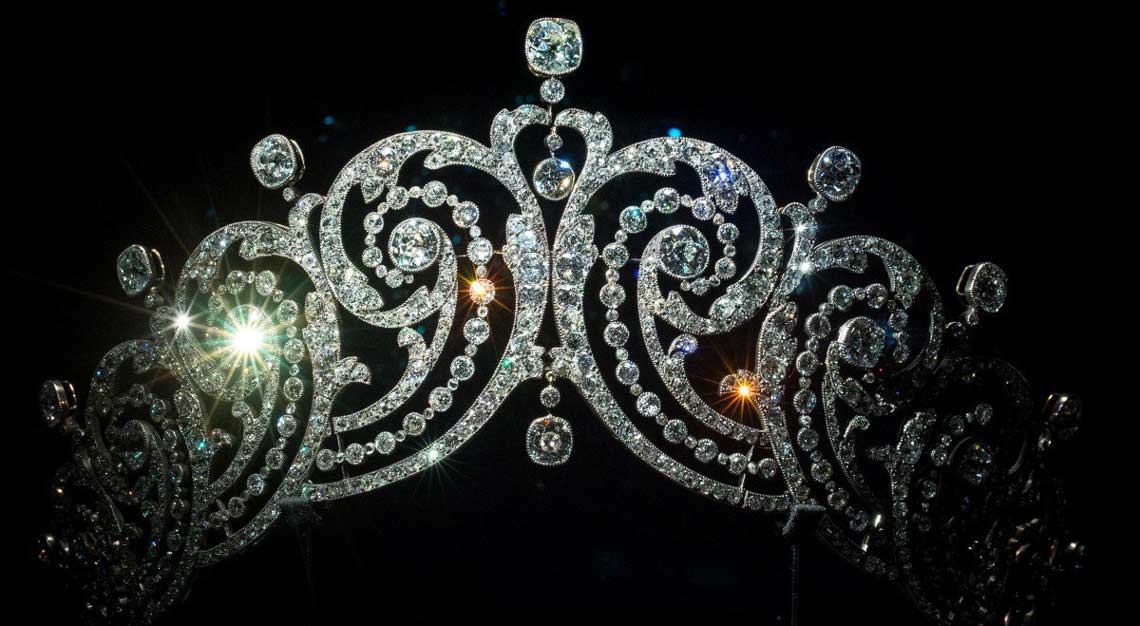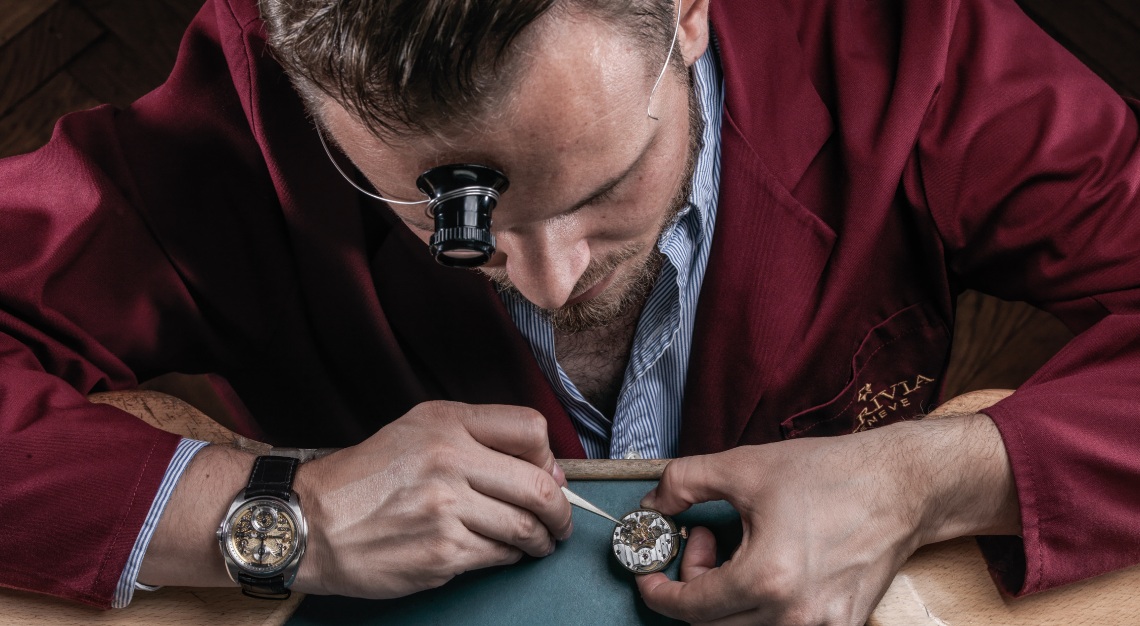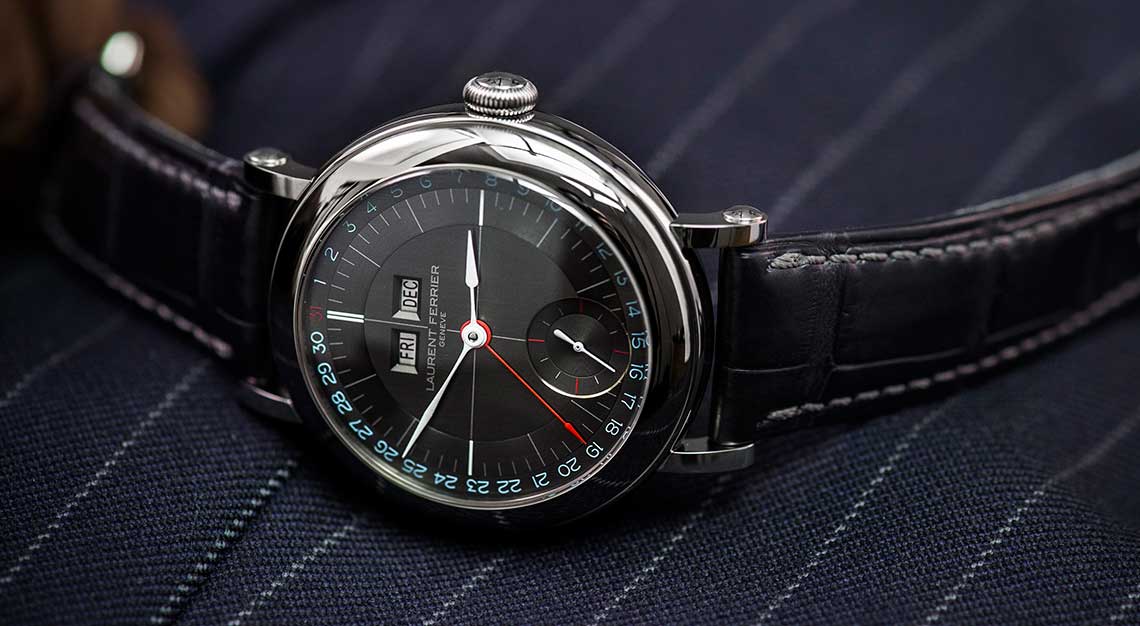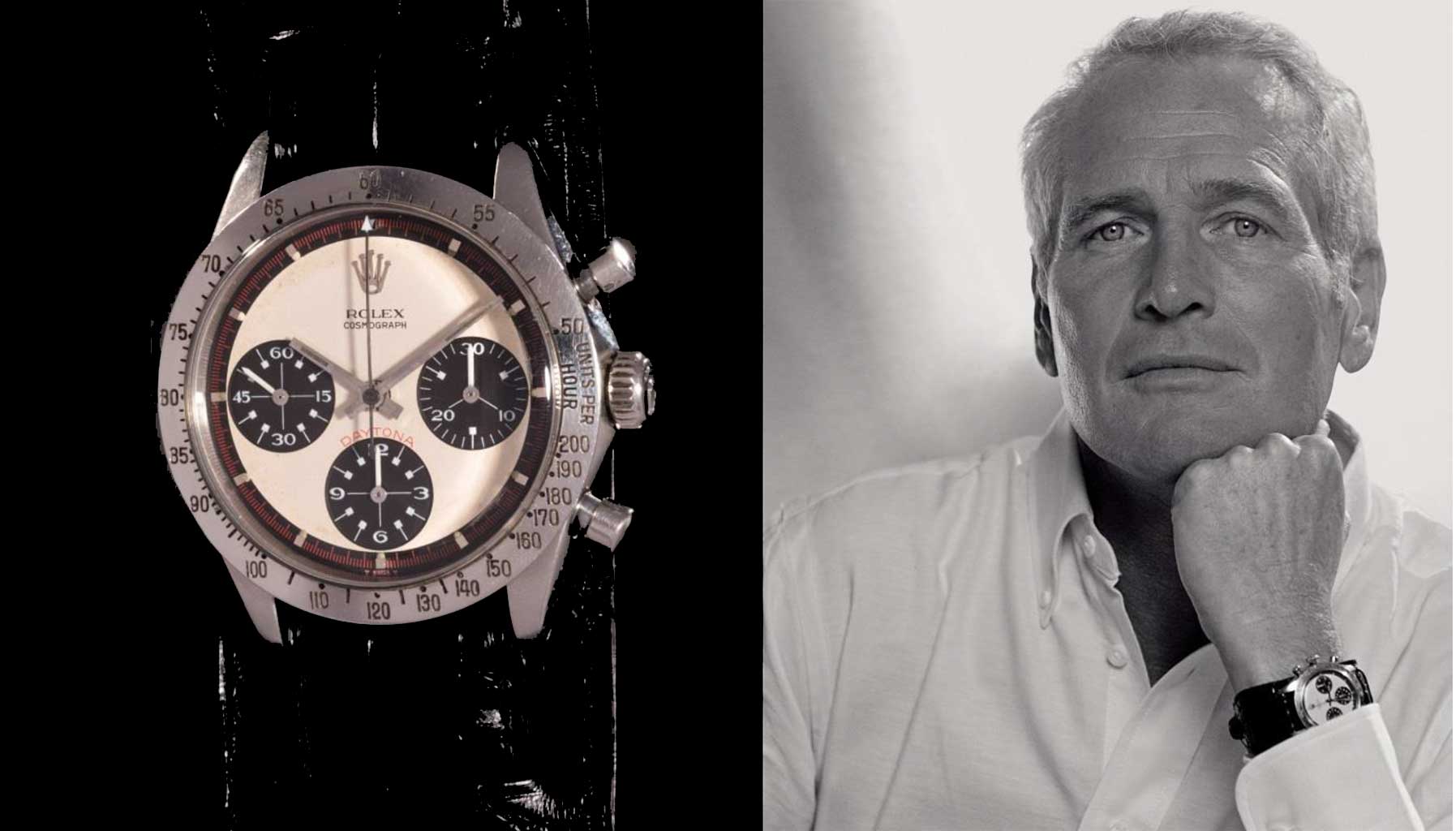The exhibition, which opened end May, takes up three large halls and is one of the largest to be held at the Palace Museum. It features more than 830 artefacts – 770 from the Cartier Collection and the rest from the Palace Museum’s treasure trove.

Beyond Boundaries studies the influences that each culture has had on the other.
Sino-Franco relations date from medieval times, although its earliest active era was arguably in the 17th and 18th centuries when Jesuit painters – including Giuseppe Castiglione – were prized visitors to the Imperial Court. Castiglione, in fact, served as an artist to three emperors: Kangxi, Yongzheng and Qianlong.
That was also the time when linguist Arcadio Huang served as a Chinese interpreter for the King of France and initiated the first Chinese-French dictionary before his death in 1716.

Although Cartier’s own relationship with China started in the 1990s, Chinese influences have always been evident in the brand’s collections dating back to the 1870s. Their contemporary ties were cemented with a number of exhibitions around the country, including the groundbreaking Cartier Treasures – King of Jewellers, Jeweller to Kings at the Meridian Gate Gallery in 2009.
These exchanges led to a three-year collaboration between Cartier and the Palace Museum, from 2014 to 2017. It restored six timepieces of English origin from the museum’s collection – dating from late 18th to early 19th century – at the Cartier Manufacture production facilities in La Chaux-de-Fonds, Switzerland.
“We sent our watchmakers to La Chaux-de-Fonds for the restoration and they saw how culturally symbolic it was,” says Wang Yuegong, director of the palace department at the Palace Museum.
“That’s how we began to talk about this exhibition. We looked at the historical references and we kept an open mind when it came to selecting the pieces. They had to have perfect craftsmanship and techniques.”

The exhibits have been chosen from the Cartier Collection – the maison’s archives – the collections of the Palace Museum and public institutions, including the Metropolitan Museum of Art, the National Gallery of Australia, Canberra, the Qatar Museums and the Musée international d’horlogerie, as well as private collections.
“On a cultural level, I think the exhibition shows quite clearly the impact that China has had, not only on Cartier, but also the whole world,” says Pascale Lepeu. She’s the curator of the Cartier Collection, which started in 1983 and has about 1,600 pieces reacquired by the maison.
In early discussions about Beyond Boundaries, neither party envisioned the sheer scale of the exhibition. But there were so many stories to tell that the decision was made to present the exhibition in three parts: Chinese Inspirations, Symbols of Power and Time Memories.

The title, Beyond Boundaries, evokes the concept of this exhibition through a multitude of evocations hovering between poetry and philosophy.
To create the space and ambience, Cartier turned to Nathalie Crinière, the renowned scenographer behind the Christian Dior: Designer of Dreams exhibition, currently showing at the V&A Museum in London.
Crinière, who approached each exhibit window like a film vignette, had her challenges.
“Each room had to have a different personality,” the Paris-based Crinière says. “But, with each, you have to wow the visitors. You have to ensure that by the time people reach the end, they don’t see the same things as they are coming back out, only to get bored.”
With the jewellery pieces being very small, Crinière says that it was also important that the rooms themselves do not overshadow the exhibits. Working closely with both a French curator and Chinese curator, her team had to make sure that every exhibit was a small story that, together, made up the whole.

In Chinese Inspirations, visitors are met by a multimedia projection of moving images on a silk screen followed by a stunning exhibit of Cartier’s diamond-encrusted Bird brooch set against the backdrop of a finely embroidered phoenix.
China’s influence on Cartier’s creativity is evident in this section with Chinese motifs such as carps, dragons and phoenixes, and materials such as lacquer, coral and jadeite. These are complemented by the Palace Museum’s collection of Chinese artefacts such as imperial robes and porcelain plates.

And long before gender equality became a social movement, women were proving to be an important part of Cartier’s clientele. Thus, Symbols of Power.
Enter the hall and be met by portraits of some of the most important women in history – Queen Elizabeth II, the Duchess of Cambridge, Duchess of Kent and the Duchess of Windsor. You’d also find a river of tiaras owned by symbolic women, such as actress Carina Lau, Queen Elisabeth of Belgium and the Countess of Essex, to name a few.
But not only did the women impress. A stunning choker and necklace can also be found belonging to the Maharajah of Patiala.

All the Cartier icons sit comfortably with the Palace Museum’s Qing dynasty imperial robes and golden seals.
As its name suggests, Time Memories, in the East Wing, is dedicated to whimsical timepieces from the Palace archives and some of the most iconic timepieces from the Cartier Collection, including the Tank and Crash wristwatches, and the maison’s unique mystery clocks.
Cartier’s mystery clocks, recognised as rare horological wonders, are so called for their “floating” platinum and diamond hands. Made by Louis Cartier and Maurice Coüet, they seem to float in the transparent dial of the clock, without any apparent connection to the movement.
The exhibit will be supplemented by a sleek multimedia projection of a changing watch dial, two watchmakers on hand (one Swiss and one Chinese) to demonstrate and explain the movements and timepieces.
Beyond Boundaries runs until 31 July 2019






